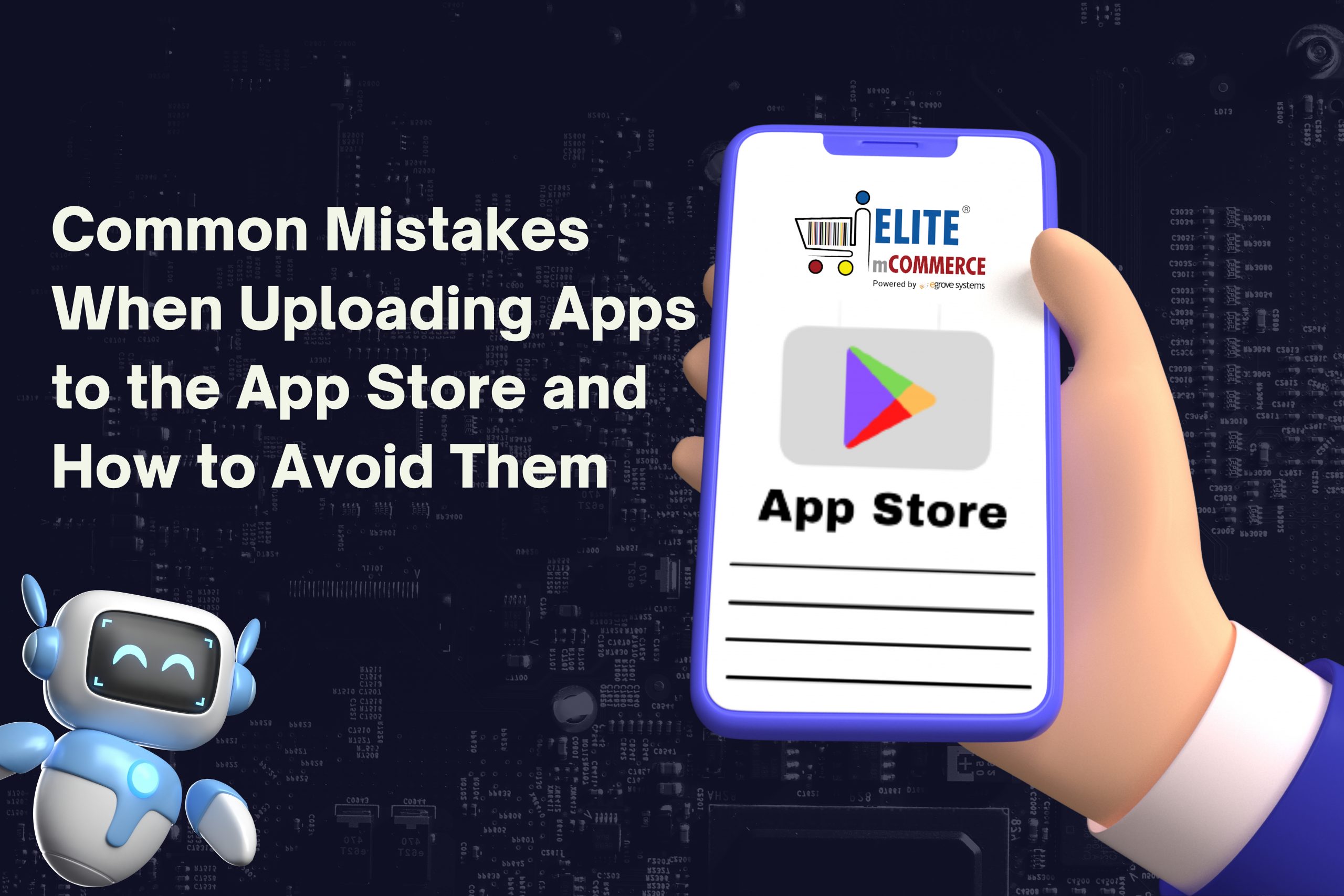Mobile apps are an increasingly popular tool for businesses to offer online ordering and delivery. Mobile commerce apps are readily available to use as an alternative to using third-party apps for delivery. However, the pandemic has made contactless delivery and payment an important consideration for sales, meaning that contactless delivery features are essential to restaurants and other businesses. Looking forward beyond the pandemic, many brands are retaining the modifications to their business they have done after the pandemic.
What Contactless Means
Contactless delivery reduces the amount of interaction between delivery driver and customer. In addition to other safety measures such as sealed packaging and cleanliness, this reassures customers that they don’t have to come into contact with a stranger to receive their order.
Customers can choose contactless delivery as an option when ordering from a restaurant. If they do, the delivery driver is told to leave the order at the front door instead of waiting for the customer to get it. While simple, this adds some requirements to make sure the customer gets their order and is satisfied. For one, the delivery driver needs to confirm that the customer received their meal to close the order. This can be done through in-app text chat and status updates so there are no complaints from the customer. They can also take a picture of the delivered order at the front door or other requested location to prove that it was delivered.
Another change is that payment upon delivery can’t be used, either for cash-on-delivery payment or cash tips for the delivery driver. In order to accommodate this, the mobile ordering app needs to specify that only digital payments can be accepted when customers choose contactless delivery. Customers can instead pay by credit card in the app or use other digital payment methods, including all delivery fees. This change has impacted businesses that traditionally relied on cash payment; in India, cash-on-delivery dropped from 41% of eCommerce payments to 28%, according to RedSeer.
Read also: How Restaurants can reduce Food delivery time and improve efficiency
Will Contactless Delivery Continue?
While restaurants have reopened their indoor dining, many are retaining lessons learned from the pandemic and many customers have developed new habits and preferences afterward. An overall push toward cleanliness has been documented in studies of customer preferences after 2020, and this includes contactless delivery. According to Ecolab, 95% of consumers want to see more sanitation and cleaning practices in restaurants even after widespread vaccination.
Continuing contactless delivery through mobile apps and other online orders is a consideration for restaurants, despite its limitations. It doesn’t cost the restaurant anything to maintain the option, as long as delivery drivers are able to keep following customer instructions. Customers may be concerned about spreading illness or they may just prefer not to receive their food orders in person.
Customers are still making heavy use of delivery and pickup, signaling that they are uncomfortable returning to restaurants. Only 60% said in a survey from Morning Consult that they are currently willing to dine indoors at a restaurant. Of those surveyed in May 2021, 12% said they would only consider dining out in more than six months from now, and 10% said they would feel comfortable in the next six months but not in the next three months or sooner. With this in mind, restaurants can appeal to customers who prefer less contact for the time being, even after restaurants have reopened.
Contactless delivery is important for building trust with customers and offering options that suit their needs. Going forward, restaurants should monitor what customers are looking for in terms of contactless solutions in both delivery and in-house dinings, such as ordering kiosks and contactless payment through phones or chip cards. Customers will appreciate the measures taken to make delivery and in-store sales as safe as possible to protect both employees and themselves.









Add comment